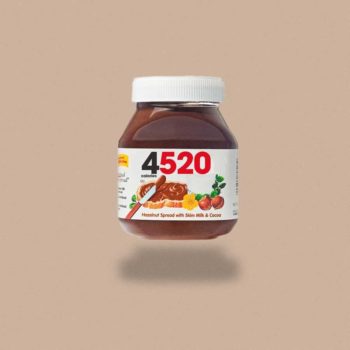In the world of digital graphics, understanding the differences between raster graphics and vector graphics is essential for achieving optimal results in your projects. While these two technologies have been around for a long time, their usage and applications have evolved, especially in a context increasingly oriented toward digital and high-resolution content.
Raster Graphics or Bitmap: What They Are and When to Use Them
The term “raster” comes from English and refers to a “grid” made up of tiny squares known as pixels. Each pixel contains specific information, such as color, which together create the visible image.
- What are Raster Images? Raster images are those we capture daily with our digital cameras, smartphones, and similar devices. Every photo you take is a perfect example of raster graphics.
- When is a Raster Image of Good Quality? The quality of a raster image depends on its resolution, which is the number of pixels in a given area. The more pixels there are, the more detailed the image will be. However, when you enlarge a raster image beyond its native dimensions, the pixels become visible, causing a grainy or pixelated effect. This issue is particularly noticeable when using raster images for large-format prints.
Most Common Raster Formats in 2024
In 2024, the most popular raster formats remain:
- .png: Excellent for images with transparency.
- .gif: Still used for low-resolution animated images.
- .tiff: Preferred for high-resolution images with no loss of quality.
- .jpg: The most common format for digital photography, balancing file size and quality.
Vector Graphics: What They Are and Why to Choose Them
Vector graphics consist of geometric elements such as points, lines, curves, and polygons. These elements are defined by mathematical equations that allow the image to be scaled up or down without ever losing quality.
- What Are Vector Images? Vector images are created using specialized software like Adobe Illustrator or Inkscape. These images are ideal for creating logos, icons, illustrations, and files for professional printing.
- When Is a Vector Image of Good Quality? Always! Thanks to their mathematical nature, vector images can be scaled to any size without ever becoming pixelated. This makes them perfect for any application that requires scalability, such as large-scale prints or use on high-resolution screens.
Most Common Vector Formats in 2024
Raster Graphics or Bitmap: What They Are and When to Use Them
In 2024, the most used vector formats are:
- .ai: The native format of Adobe Illustrator, ideal for creating and editing complex vector graphics.
- .pdf: Highly versatile, used for documents that contain both vector and raster graphics.
- .eps: A standard format for professional printing, widely supported by many software programs.
- .svg: Essential for web design, thanks to its ability to be scalable and lightweight, perfect for web graphics.
Why Is It Important to Choose the Right Type of Graphics?
In 2024, balancing visual quality and performance is crucial. Choosing the right format not only affects the aesthetic outcome of your project but also its overall performance, especially when it comes to digital applications and high-resolution printing. Raster images are ideal for photographs and complex visual content, while vector images are irreplaceable for logos, illustrations, and graphics that require scalability and precision.
Conclusion
Understanding the differences between raster and vector graphics allows you to make informed decisions and optimize your graphic projects for any type of media. While raster graphics are perfect for detailed and complex images, vector graphics offer unmatched flexibility for anything that requires scalability and precision. Use this knowledge to improve the quality of your work, whether you’re creating content for the web, print, or multimedia projects.

